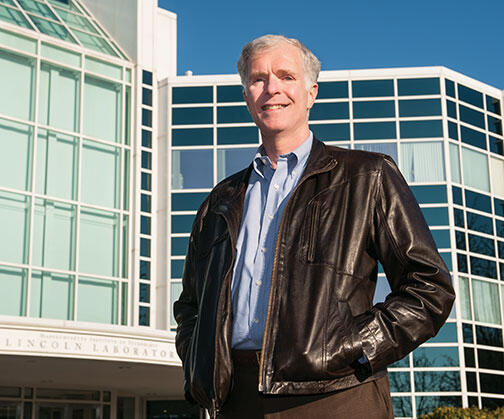Spacecraft to Earth When NASA launches spacecraft and satellites, the data generated, such as scientific measurements, images, and video, are sent to ground stations using radio waves. But this soon may be changing. Don Boroson ’73 *77 and his team at MIT’s Lincoln Laboratory designed a communications system using laser beams, which was tested last fall as it flew on NASA’s Lunar Atmosphere and Dust Environment Explorer satellite. Their laser system transmitted data from the moon-orbiting spacecraft to the ground station on Earth more than six times faster than what had been done using radio waves. It transmitted data from the ground station to the spacecraft 5,000 times faster. The system also set a record for the longest two-way laser communication: the 239,000 miles between Earth and the moon. The new laser space terminal weighs less than half of the best previous radio system and uses only three-fourths of the power.
Résumé: System engineer of laser communications and laboratory fellow at MIT’s Lincoln Laboratory in Lexington, Mass. Bachelor’s and doctoral degrees in electrical engineering.
Laser-focused “A lot of the science NASA wants to do is constrained by how much data and how many pictures they can bring back,” says Boroson. Radio waves spread out and become relatively weak as they travel long distances. Laser beams spread out much less, so they deliver brighter signals that can carry large amounts of data more quickly.
Beyond the moon “When NASA ultimately sends astronauts to Mars, this technology would be an excellent way to transmit the high-definition and perhaps even 3-D videos that the public will demand,” says Boroson. “Knowing that the signals we were creating and catching were coming from the moon was a real thrill.”













No responses yet